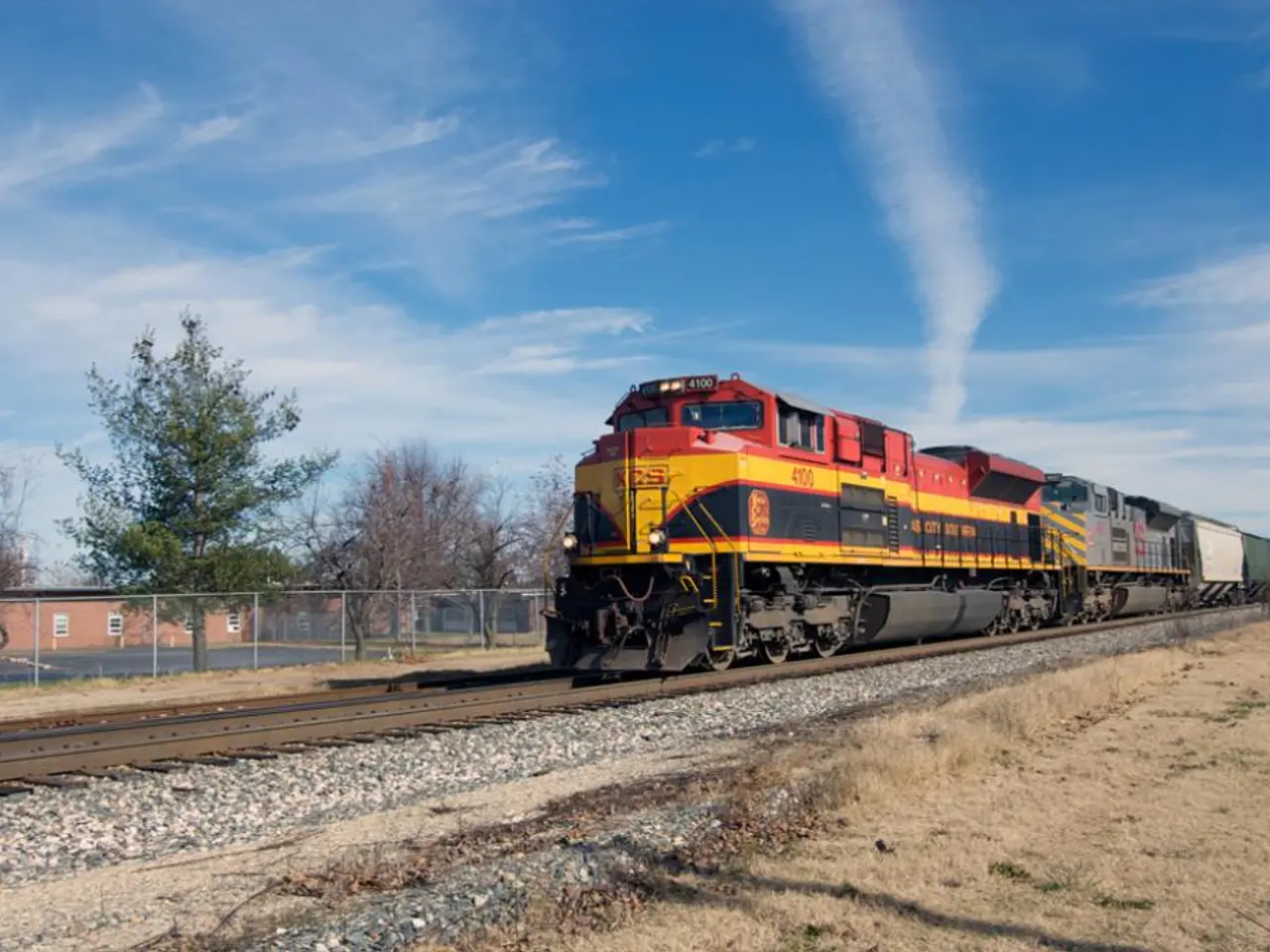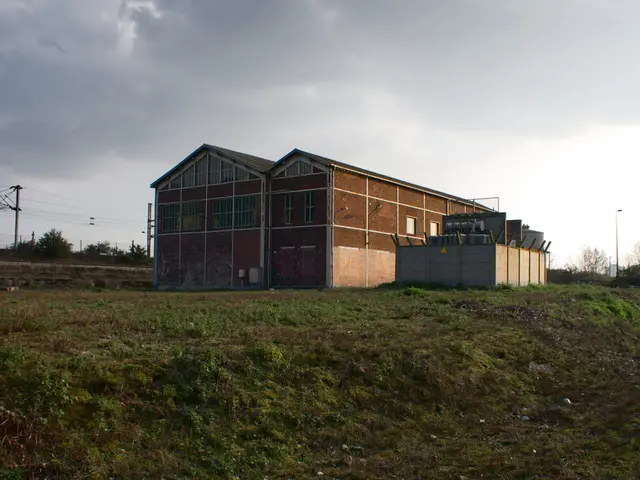A potential merge in the railroad industry could lead to the establishment of the nation's extensive coast-to-coast freight rail network.
Two of the U.S.'s largest railroad companies, Union Pacific and Norfolk Southern, have announced plans to merge, creating the first coast-to-coast freight railroad in the country. The proposed merger, valued at $85 billion for Norfolk Southern, would result in a combined company valuation exceeding $250 billion, marking a historic consolidation in U.S. Class I railroads.
If approved, the merger would give the combined company a significant competitive advantage in the U.S. rail industry. The merged entity would have an estimated annual revenue of $36 billion and a combined workforce of over 40,000 employees. The merger would also result in a more integrated supply chain, benefiting businesses that rely on rail freight.
The merger would create a single transcontinental railroad, eliminating inefficient interchanges between UP and NS, thus reducing transit times by 24 to 48 hours on about 1 million annual shipments. This would improve service speed, reliability, and simplify rate quoting and billing by having just one railroad instead of two for coast-to-coast shipping.
It is expected to regain rail market share lost to trucking by creating a more efficient and seamless network, enabling growth projected at $1.75 billion in additional revenue by the third year. The combined network would also reduce truck traffic on highways, lowering congestion and road wear.
The merged company would open new routes, expand intermodal services, and use key corridors more efficiently, enabling freight to move across the country with more fluidity and fewer delays. The merger would create a more efficient rail network, potentially reducing costs and improving service.
However, the merger carries risks of job losses and operational safety challenges that stakeholders are closely monitoring. UP has a history of workforce reductions, and consolidation typically involves redundancies that could lead to layoffs or furloughs among conductors, engineers, and other workers. Union and analyst concerns about safety culture differences between the two companies also persist, as UP has one of the worst safety records in the industry, while NS has been moving toward safer and more progressive labor policies.
The merger is subject to regulatory approval from the Surface Transportation Board. Ongoing challenges from Precision Scheduled Railroading (PSR) and regulatory scrutiny may complicate operational fluidity post-merger. If approved, the merger is expected to be completed by the end of 2023.
In summary, the UP-NS merger would create the first coast-to-coast freight rail network, potentially transforming U.S. freight logistics with faster, simpler service and growth opportunities. However, it carries risks of job losses and operational safety challenges that stakeholders are closely monitoring. The success depends on how well the merged company balances efficiency gains with workforce and safety considerations.
References:
[1] "Union Pacific and Norfolk Southern Merger: What It Means for the Rail Industry." FreightWaves, 23 Mar. 2023, www.freightwaves.com.
[2] "Union Pacific-Norfolk Southern Merger: What Could Go Wrong?" American Shipper, 24 Mar. 2023, www.americanshipper.com.
[3] "UP-NS Merger: What It Means for Supply Chain Efficiency." Supply Chain Dive, 25 Mar. 2023, www.supplychaindive.com.
[4] "UP-NS Merger: Job Impacts and Workforce Concerns." Railway Age, 26 Mar. 2023, www.railwayage.com.
[5] "UP-NS Merger: A Historic Consolidation in U.S. Railroads." Wall Street Journal, 27 Mar. 2023, www.wsj.com.
The merger, valued at over $250 billion, could significantly impact the finance and transportation sectors due to the creation of the first coast-to-coast freight railroad in the U.S., benefiting businesses that rely on rail freight in the aerospace and other industries. However, the potential job losses and operational safety challenges are concerns that stakeholders are closely monitoring, and the merger's success depends on how well the combined company balances efficiency gains with workforce and safety considerations.








